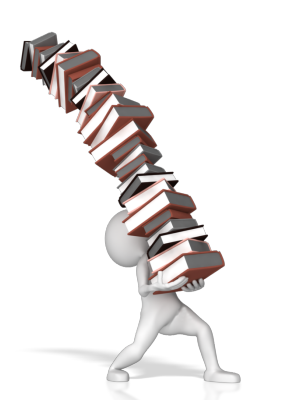
12 March 2015
To reach a sound conclusion about any historical event of person, our first criteria is reasonably exhaustive research. However, this does not mean that quantity assures accuracy. Quantity and quality are entirely different critters and quantity can never trump quality.
Investigators in the humanities and journalism are trained to seek multiple sources for any information they report—the theory being that any piece of reliable information should be confirmable with other sources and that a lack of confirmation suggests unreliability. We often hear researchers boast that they never accept a “fact” unless they have found three sources that attest that “fact”—and yet skilled researchers present totally convincing proof arguments even when they have no one document that explicitly states the “fact" of the matter.
No magic number of sources can guarantee accuracy. A slew of sources might all copy the same information from an earlier source that was unreliable. Conversely, one sole outlier, providing information that disagrees with every one else, might be the only accurate source.
Multiple sources for a particular statement confirm each other only when each is a reliable source of independent origin, offering firsthand knowledge. For the history researcher who has no living firsthand witnesses to interview
- establishing the independence of published assertions means that each assertion must be traced back through its paper trail until its origin can be determined; at that point the original—the common root, a single source—is analyzed for its quality.
- conducting “reasonably exhaustive research” means using the full array of sources available for the time and place—not just multiple versions of the same record or multiple records of a single type—and it means using all methodologies available to glean indirect evidence from resources that don’t provide that evidence directly.
Achieving reliable conclusions does require accumulating a quantity of materials; but it also requires analyzing that quantity, correlating its individual bits and pieces, and sifting that quantity to reduce it down to quality sources and arguments.
If you need a stronger foundation in evaluating evidence, our QuickLesson 17: The Evidence Analysis Process Map, provides both the principles to follow and a case study to illustrate them.
PHOTOCREDITS: "Falling Books," Presenter Media (http://www.presentermedia.com/index.php?target=closeup&id=9017&categoryid=139&maincat=clipart : downloaded 6 March 2015), item 1097; used under license.